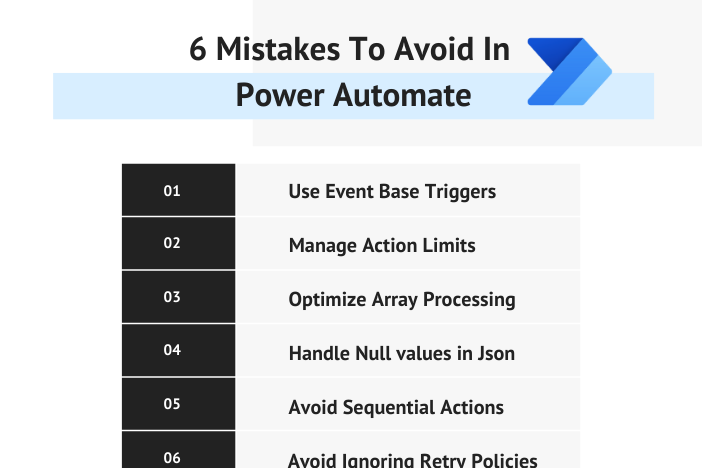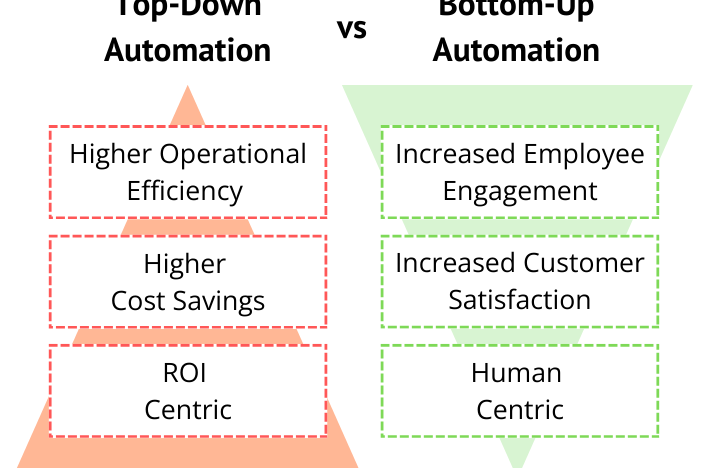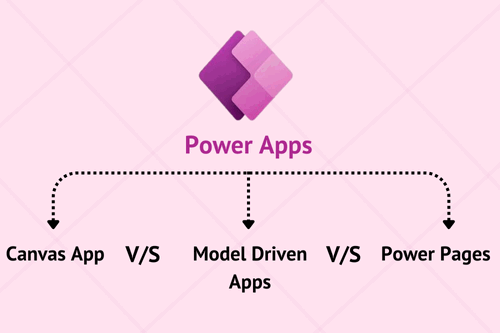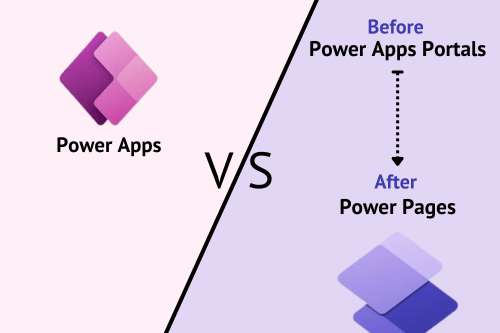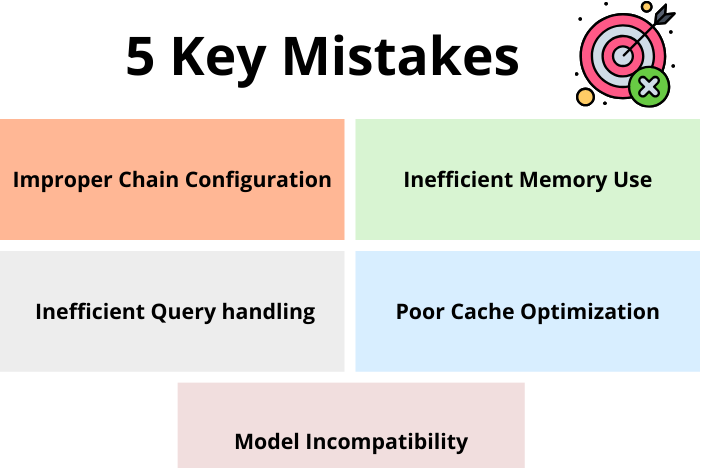Problem
Healthcare providers are responsible for notifying patients when they’ve been scheduled for an out-of-network healthcare visit. They must grab the patient information (name, address, and surgeon information) from EHRs and add them into the letter template. Envelopes also need filled out with the send and return addresses. Both the letter and envelope have to be printed, too. Healthcare providers spend 10-15% of their time doing this task. Fatigue and burnout are often side effects of this boring work. Patient letter preparation and printing also takes away time that care providers could be spending with their patients. Let’s see how process automation can help this workflow.
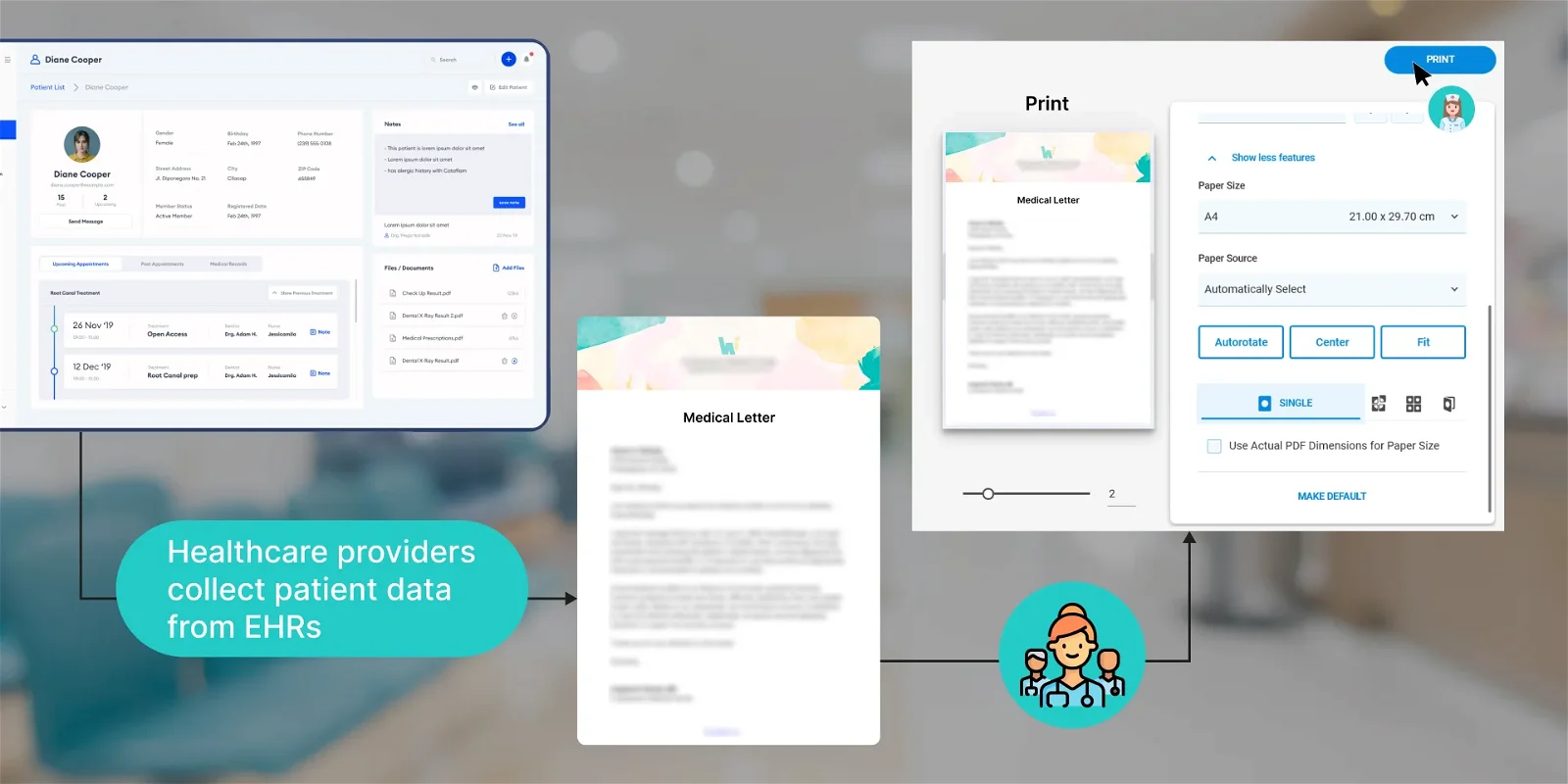
Solution
Robotic Process automation can take this task from knowledge workers. Software bots can collect patient data from EHRs. This data is then automatically plugged into the letter template. Process automation can fill out the envelope data, too. When all the assets are complete, the software bots can even print out the letter and envelope.
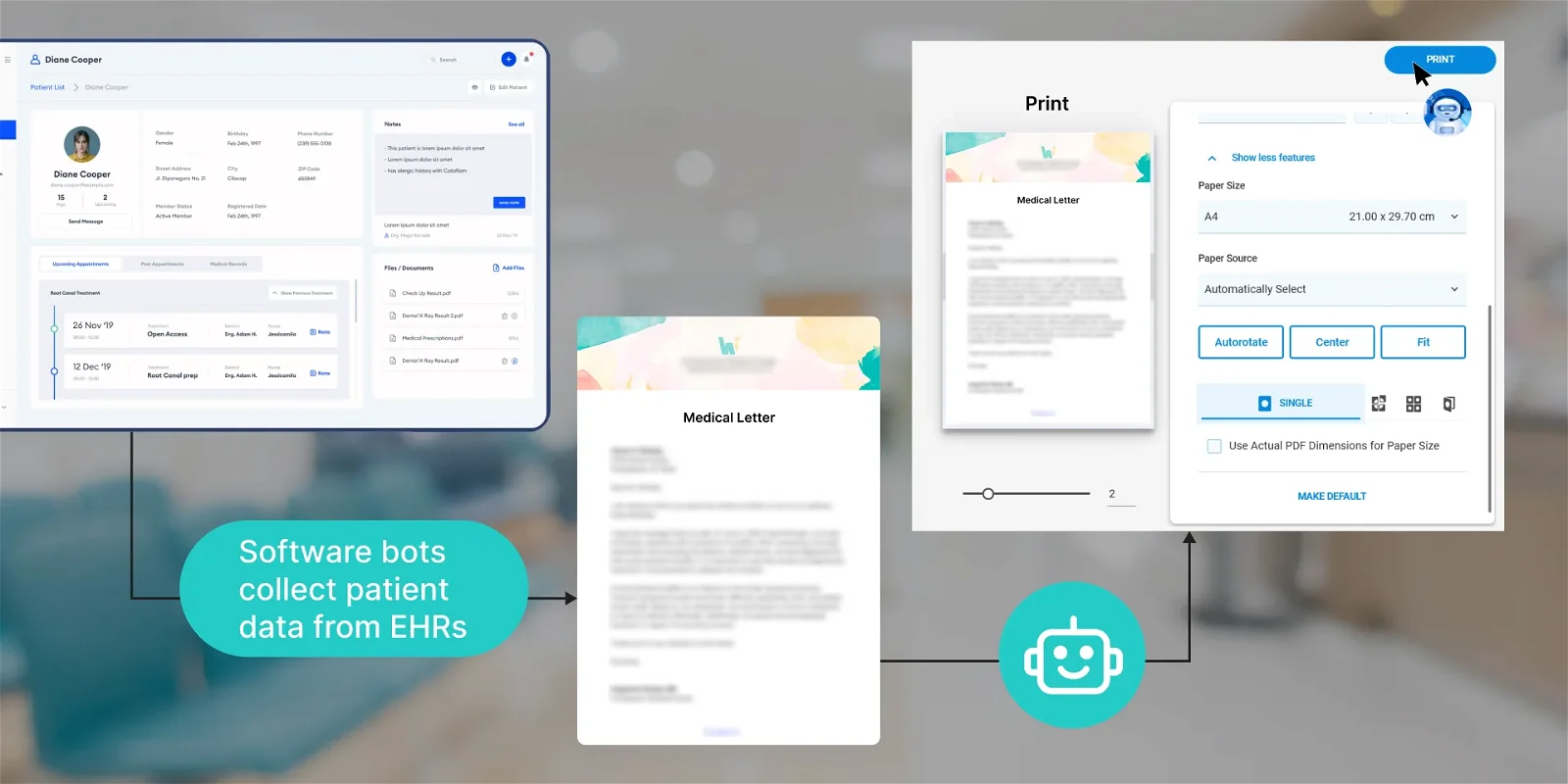
Impact
With robotic process automation, patient letters and envelopes are waiting on the printer to be sent out when knowledge workers arrive to the office. Now, the 10-15% of time knowledge workers were wasting on letter preparation and printing can be spent improving patient care. As a result, workers will feel more fulfilled and patients will be happier. Plus, software bots can complete this task much faster and more accurately than humans, meaning no patients are missed. With more speed comes increased satisfaction from patients on the receiving end of the letters. And with more accuracy comes better compliancy.
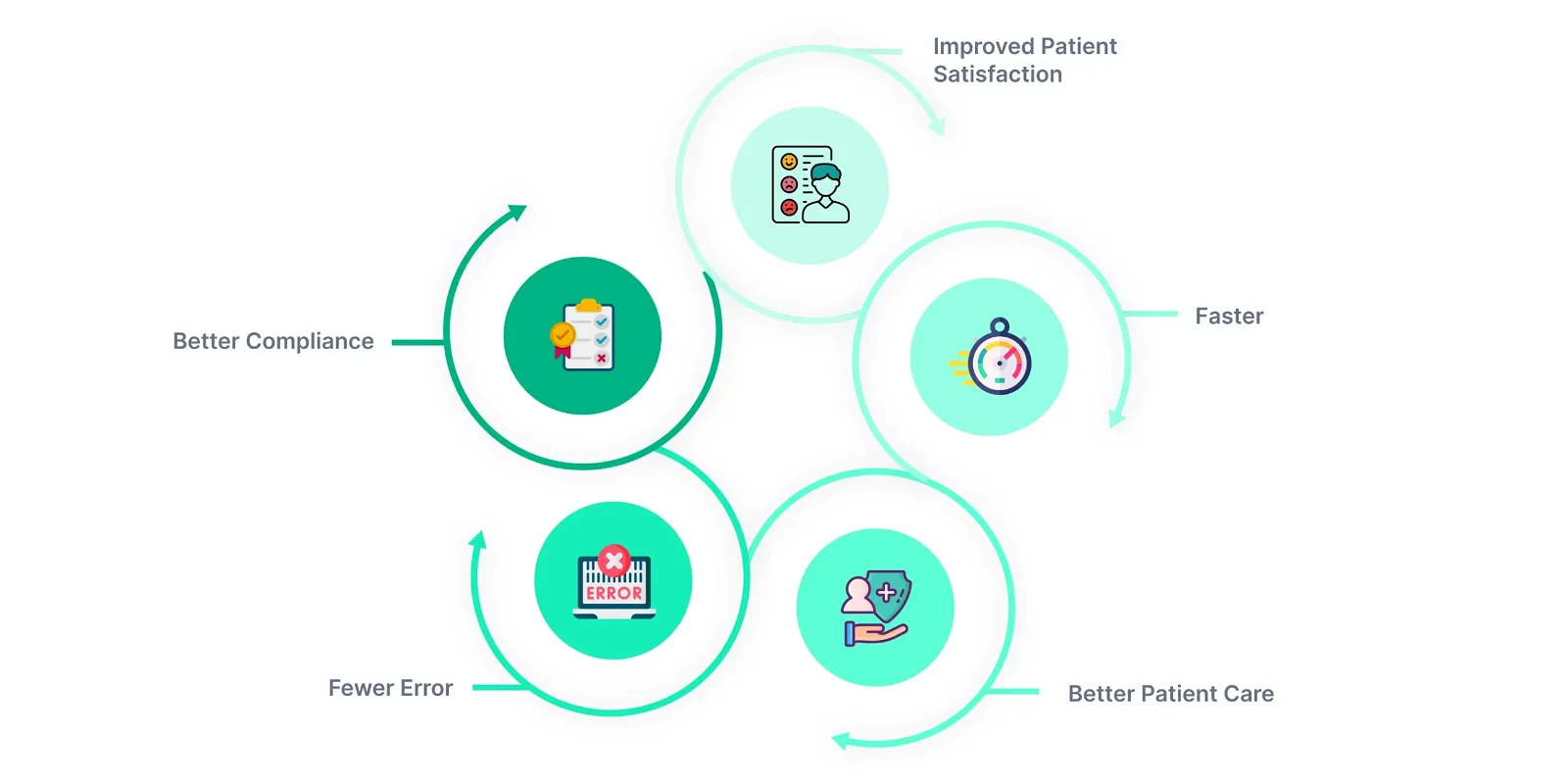
Conclusion
Robotic process automation for out-of-network letter printing can have a very positive impact on the lives of healthcare workers. The process of informing patients when they’ve been scheduled for an appointment with a care provider can be exhausting and time-consuming. Software bots can quickly and easily be deployed to gather patient data, complete out-of-network forms and envelopes, and print these assets. Automating this process is good for healthcare organizations because it saves them time and helps them deliver better patient care. RPA can also help knowledge workers feel more satisfied by giving them more time to pursue more fulfilling work. Patients also benefit from automation because they are informed quicker.
This is just one example of RPA for healthcare. Other RPA use cases in healthcare include billing and claim processing, appointment scheduling, credentialing, auditing, patient eligibility check, and more. Put the focus back on patient care with process automation for healthcare. Learn more about RPA services.
You might also like
Nothing found.
You might also like
Stay ahead in tech with Sunflower Lab’s curated blogs, sorted by technology type. From AI to Digital Products, explore cutting-edge developments in our insightful, categorized collection. Dive in and stay informed about the ever-evolving digital landscape with Sunflower Lab.



